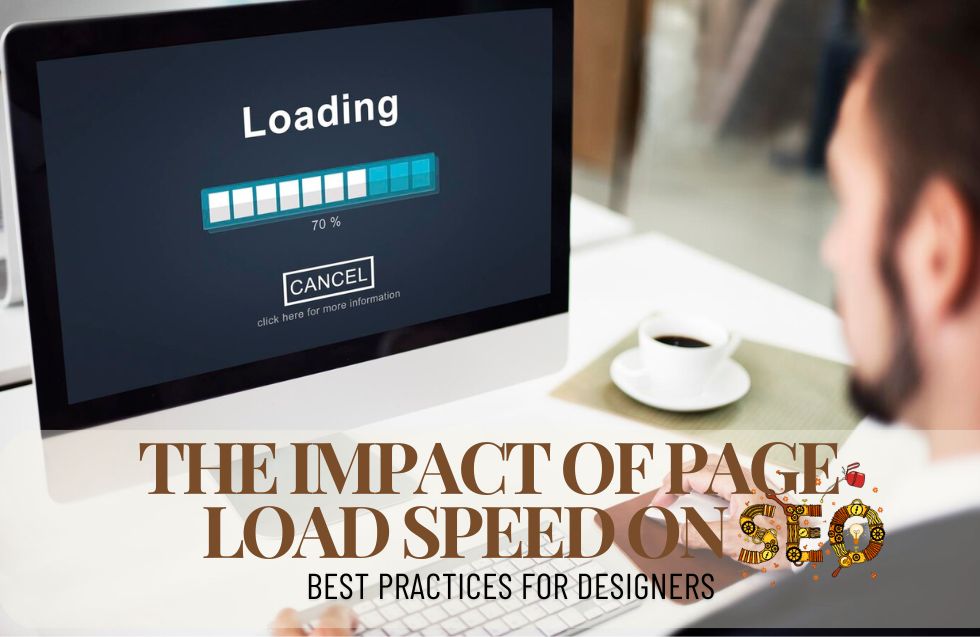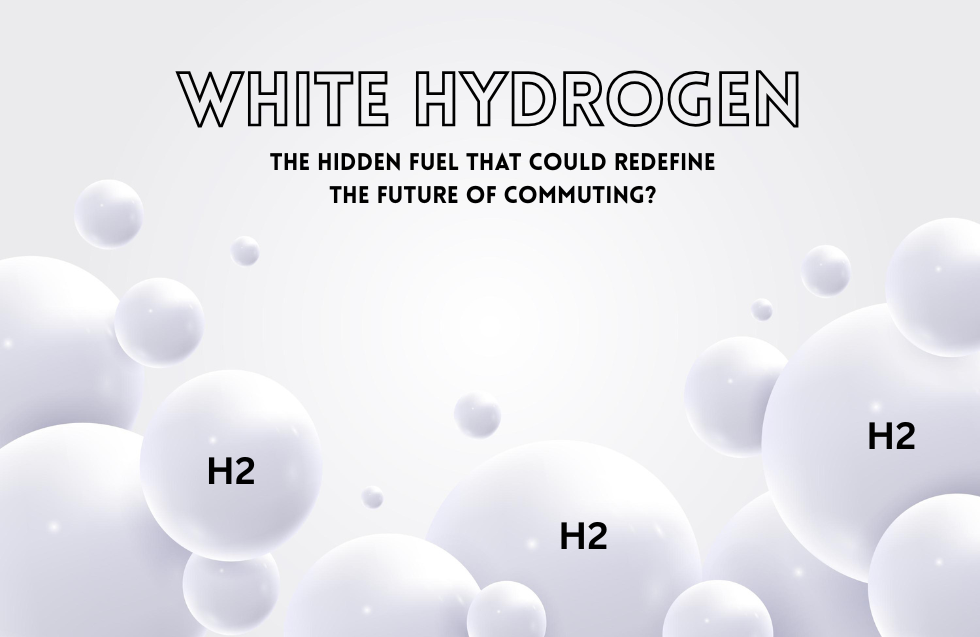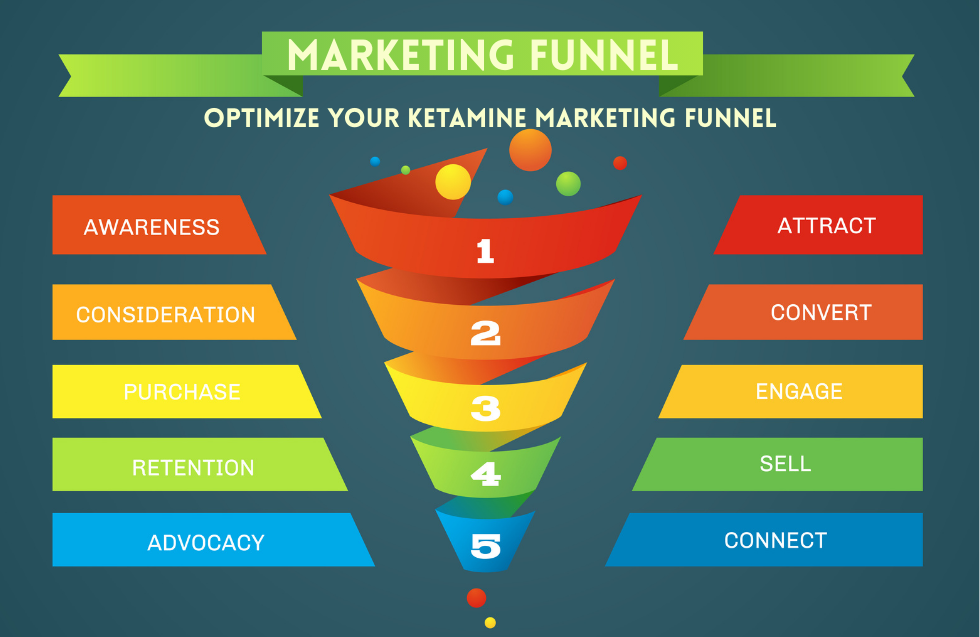In today’s fast-paced digital world, the speed at which your website loads can make or break your online presence. With users expecting websites to load in mere seconds, the speed of a webpage has become an essential factor in not only user experience (UX) but also in Search Engine Optimization (SEO). Search engines like Google prioritize fast-loading websites because they create a better user experience, making page speed a critical aspect for designers to focus on. In this blog, we will explore how page load speed impacts SEO and discuss best practices for designers to optimize websites for maximum performance.
Why Page Load Speed Matters for SEO
Search engines aim to deliver the best user experience by ranking websites that load quickly higher in search results. Here’s why:
- User Experience: Slow-loading websites frustrate users, leading to higher bounce rates. Google considers this in its ranking algorithm, meaning a slow website may never make it to the top of search engine results pages (SERPs).
- Mobile-First Indexing: With mobile-first indexing, Google primarily uses the mobile version of your site for indexing and ranking. Since mobile users are often on slower connections, optimizing page load speed is even more crucial.
- Conversion Rates: Faster sites encourage users to engage and convert. A delay of even one second can cause a 7% reduction in conversions, which can negatively affect rankings over time as user signals (time on site, pages visited, etc.) decline.
Best Practices for Designers to Improve Page Load Speed
As designers play a pivotal role in determining how efficiently a website loads, adopting best practices for speed optimization from the outset can make a significant difference.
1. Optimize Image Sizes and Formats
Images are one of the primary culprits behind slow load times. Designers should ensure that all images are compressed without compromising on quality. Use formats like WebP, which provide better compression rates, and consider lazy loading to delay the loading of images that aren’t immediately visible on the page.
- Use responsive images so the appropriate size is loaded depending on the user’s device.
- Compress images with tools like TinyPNG or ImageOptim.
- Implement lazy loading to load only the visible content first.
2. Minimize HTTP Requests
Each file (CSS, JavaScript, image, etc.) on your website makes a separate HTTP request to the server. Reducing the number of requests can drastically improve page speed.
- Combine CSS and JavaScript files to reduce the number of requests.
- Limit the use of external resources like fonts and third-party scripts.
- Use CSS sprites to combine multiple images into a single file.
3. Use Content Delivery Networks (CDNs)
A CDN stores copies of your website’s static files on multiple servers located in different geographic regions. When a user accesses your site, the files are delivered from the server closest to their location, reducing latency.
- Integrate a CDN like Cloudflare or Amazon CloudFront to distribute content globally.
- Ensure that your CDN is caching resources effectively, speeding up repeat visits.
4. Optimize CSS and JavaScript Delivery
Large CSS and JavaScript files can slow down page rendering, so it’s important to minimize and optimize them.
- Minify CSS and JavaScript files by removing unnecessary characters like spaces and comments. Tools like UglifyJS and CSSNano can help with this.
- Defer loading of non-essential JavaScript to prioritize loading of critical resources.
5. Implement Browser Caching
By leveraging browser caching, you allow the browser to store static files like images, CSS, and JavaScript so that it doesn’t have to re-download them every time the user visits the site.
- Set expiration dates for static resources in your HTTP headers using tools like Cache-Control or Expires headers.
- Optimize cache durations for static files that don’t change often.
6. Reduce Server Response Time
The time it takes for a server to respond to a request is a significant factor in page speed. Aim for a server response time under 200ms.
- Opt for reliable web hosting services that offer faster server speeds.
- Regularly monitor your server’s performance to ensure consistent speed.
7. Enable Gzip Compression
Gzip compression reduces the size of your web files (HTML, CSS, JavaScript), allowing for faster transmission from the server to the browser.
- Enable Gzip on your web server to compress files before they are sent to the browser.
- Tools like Gzip and Brotli can help compress files efficiently.
8. Prioritize Above-the-Fold Content
When designing a page, ensure that the content visible above the fold (the portion of the page a user sees without scrolling) loads quickly, as users tend to focus on this area first.
- Use critical CSS to load essential styles for above-the-fold content and defer the rest.
- Consider loading lower-priority content, like footer scripts or images, only after the main content has loaded.
9. Monitor and Test Page Speed Regularly
Continuous monitoring and testing of your site’s speed will help identify areas that need improvement. Use tools like:
- Google PageSpeed Insights: Provides suggestions on how to improve speed for both mobile and desktop users.
- GTmetrix and Pingdom: Offer detailed reports on load time and suggest optimizations.
- Lighthouse: A tool from Google for analyzing performance, accessibility, and best practices.
Conclusion
Page load speed directly impacts your website’s SEO, influencing everything from search rankings to user engagement and conversions. By following best practices such as optimizing images, reducing HTTP requests, and leveraging CDNs, designers can significantly improve page performance and enhance SEO outcomes. Fast, efficient websites not only satisfy users but also win favor with search engines, making speed optimization a crucial component of modern web design.
Remember, every second counts when it comes to page load speed, and small improvements can lead to big gains in SEO performance.













